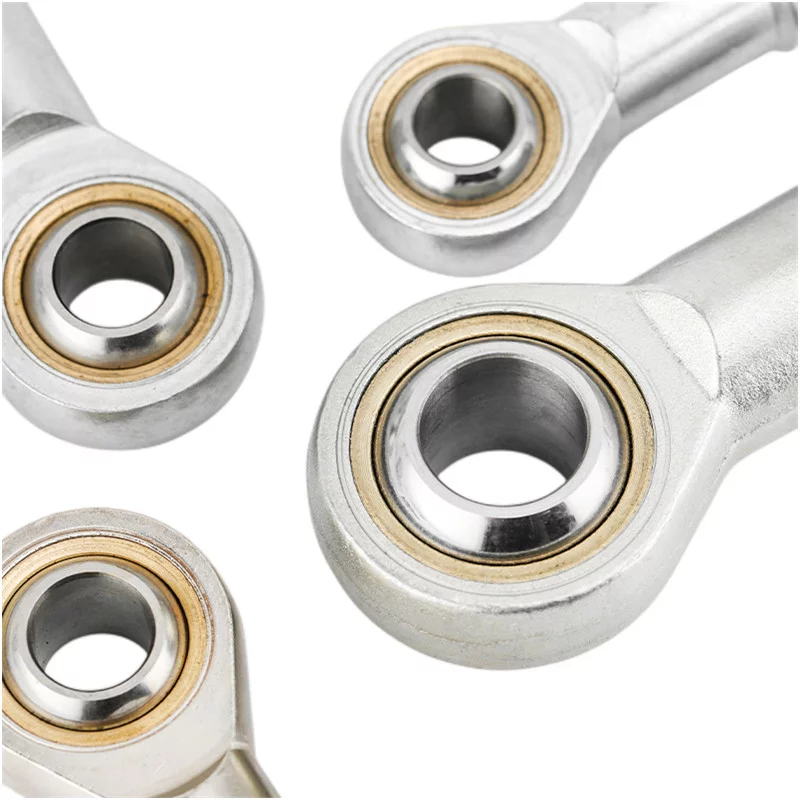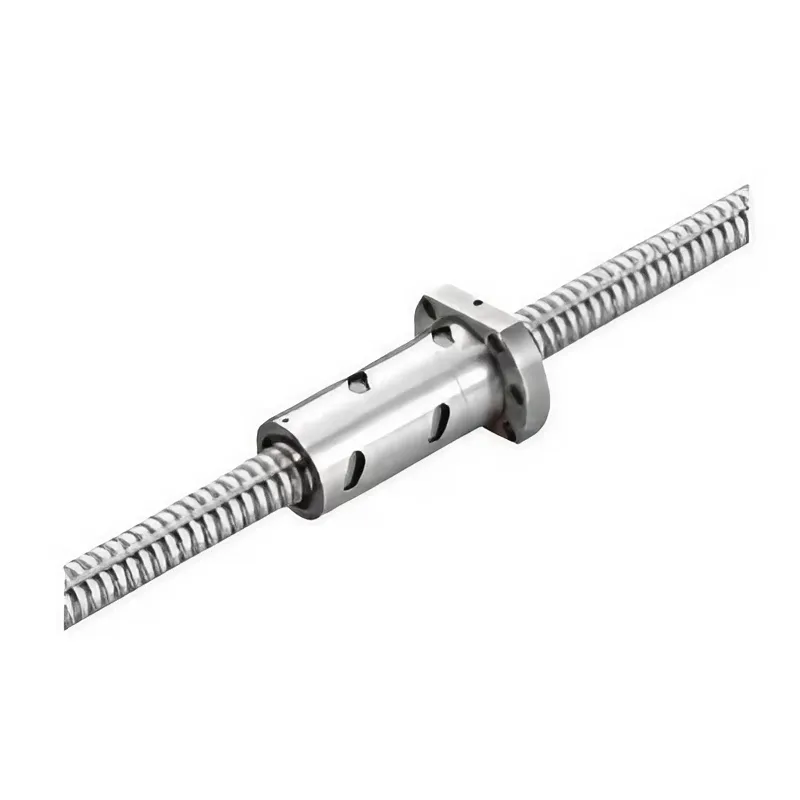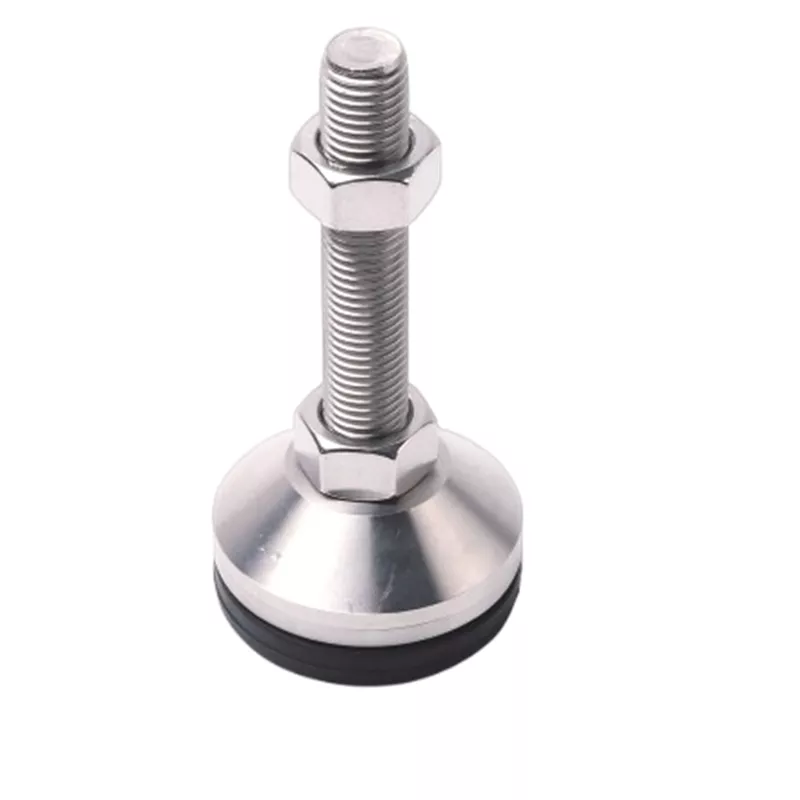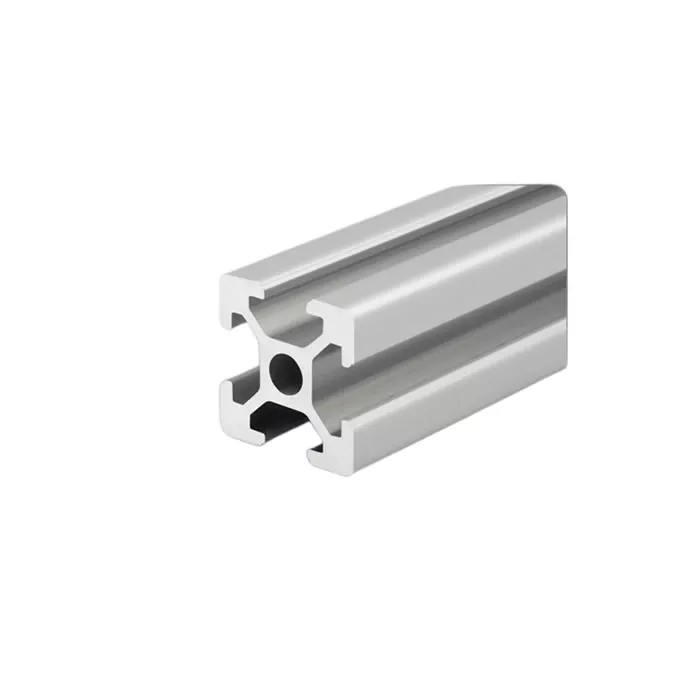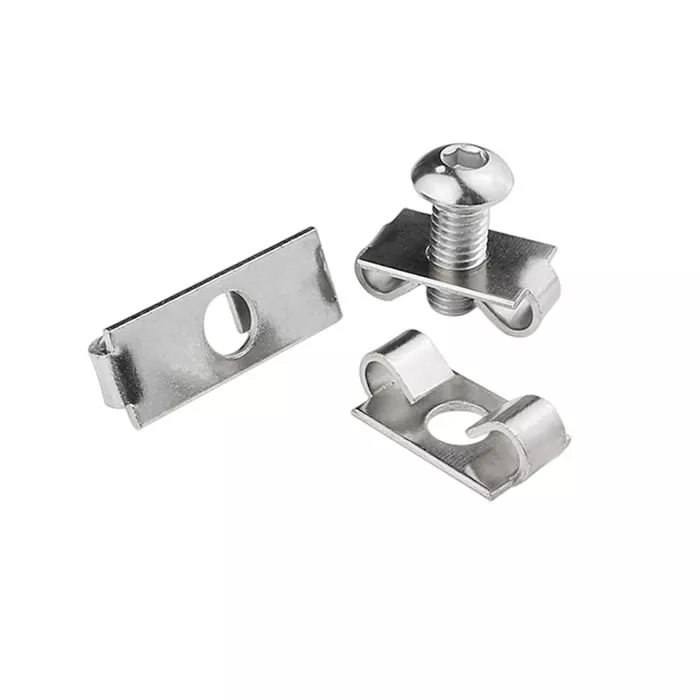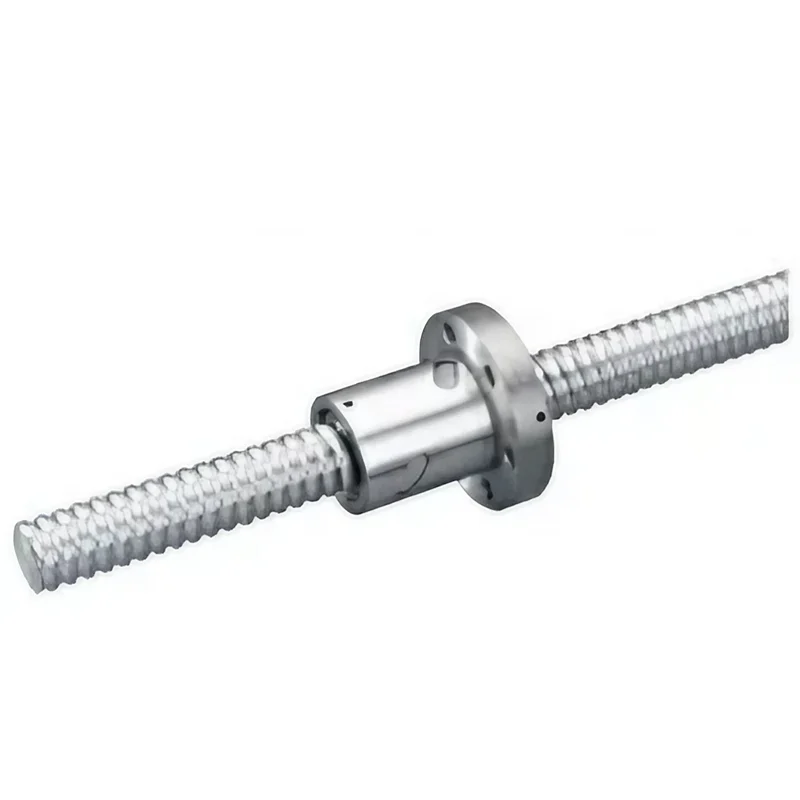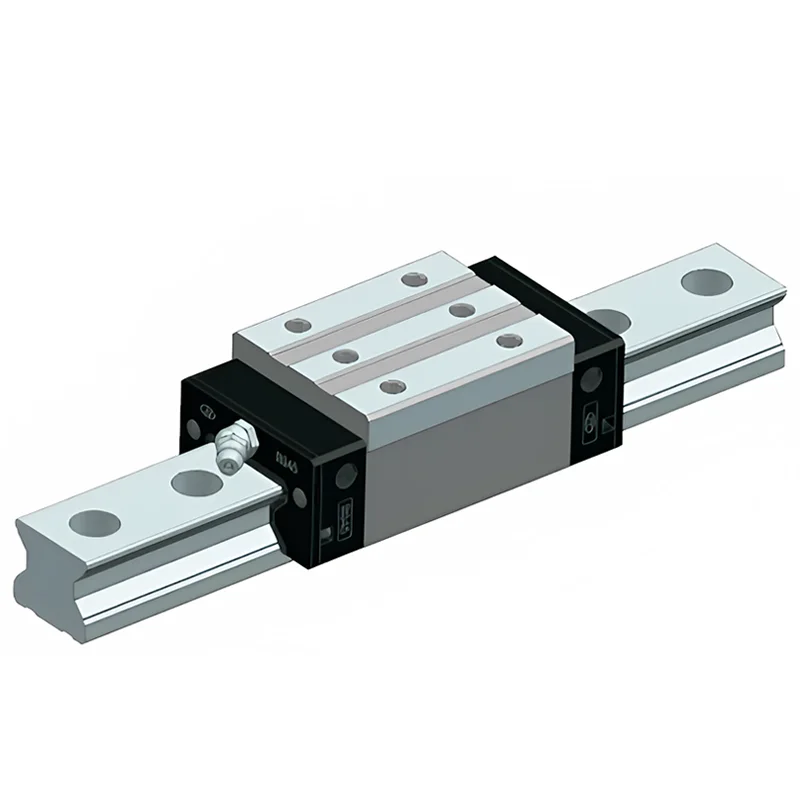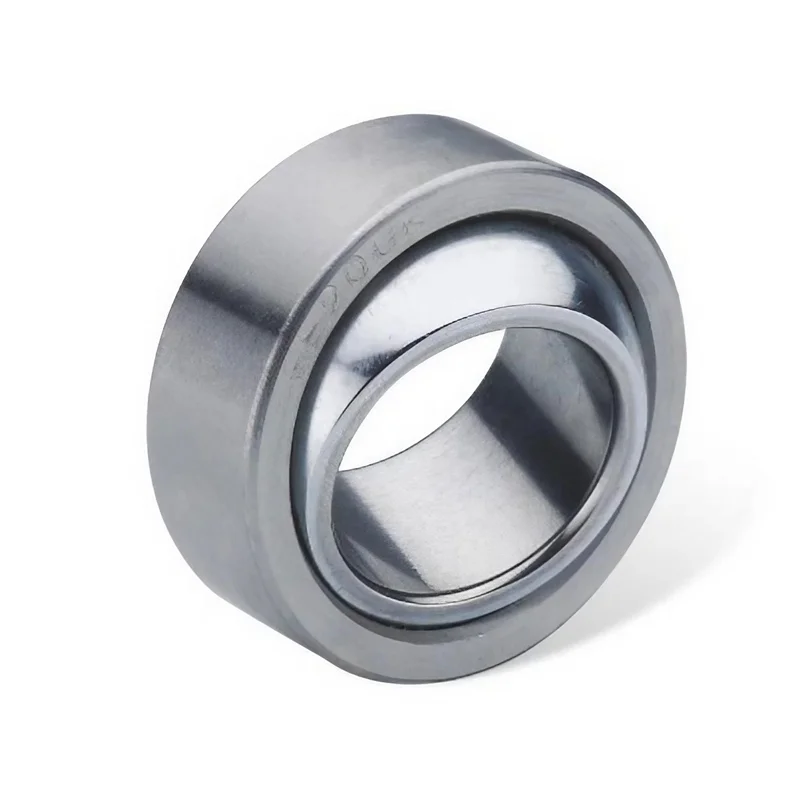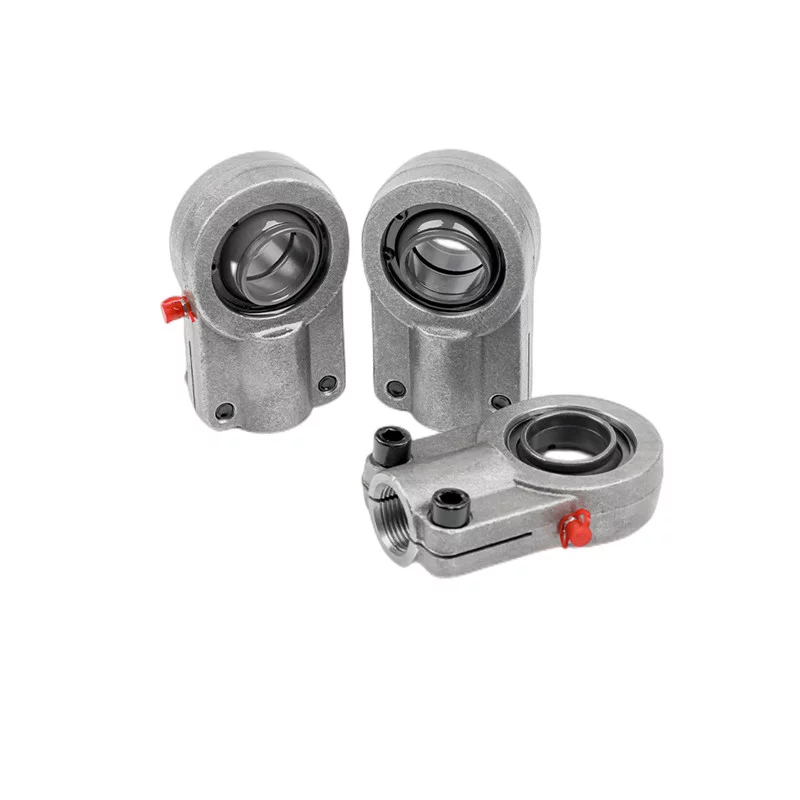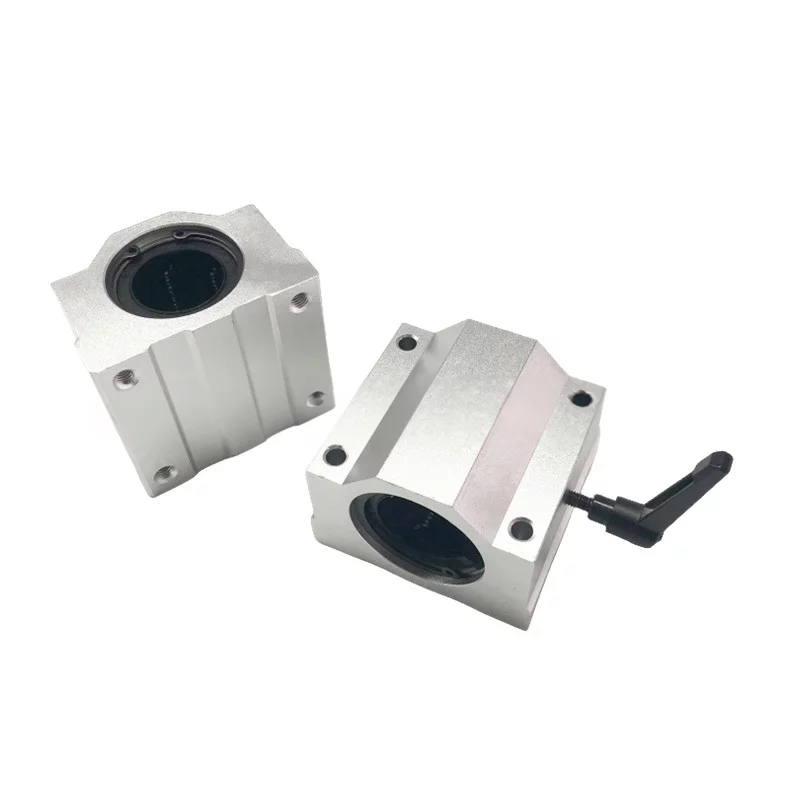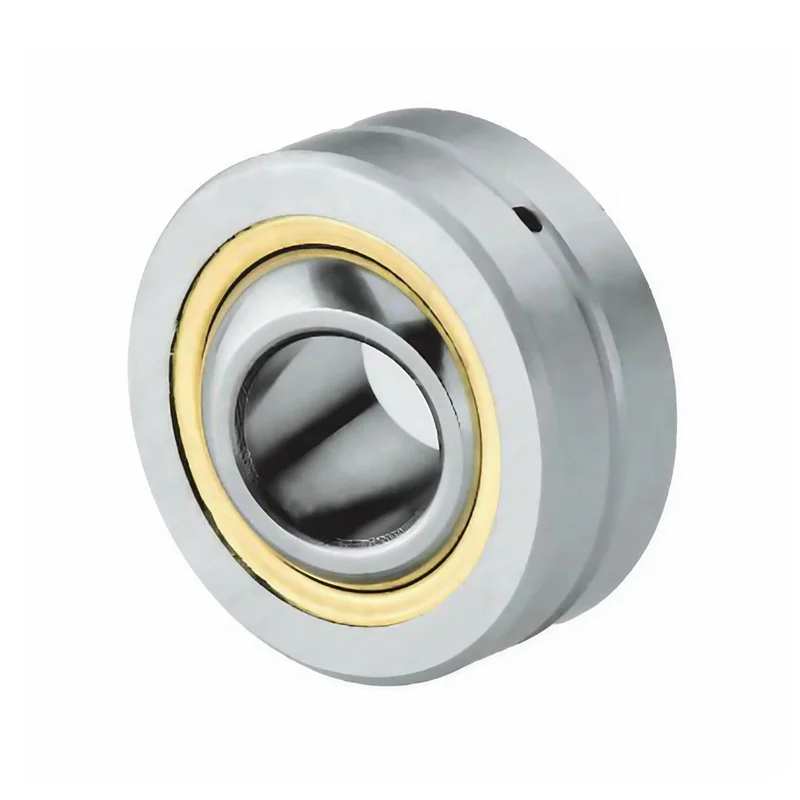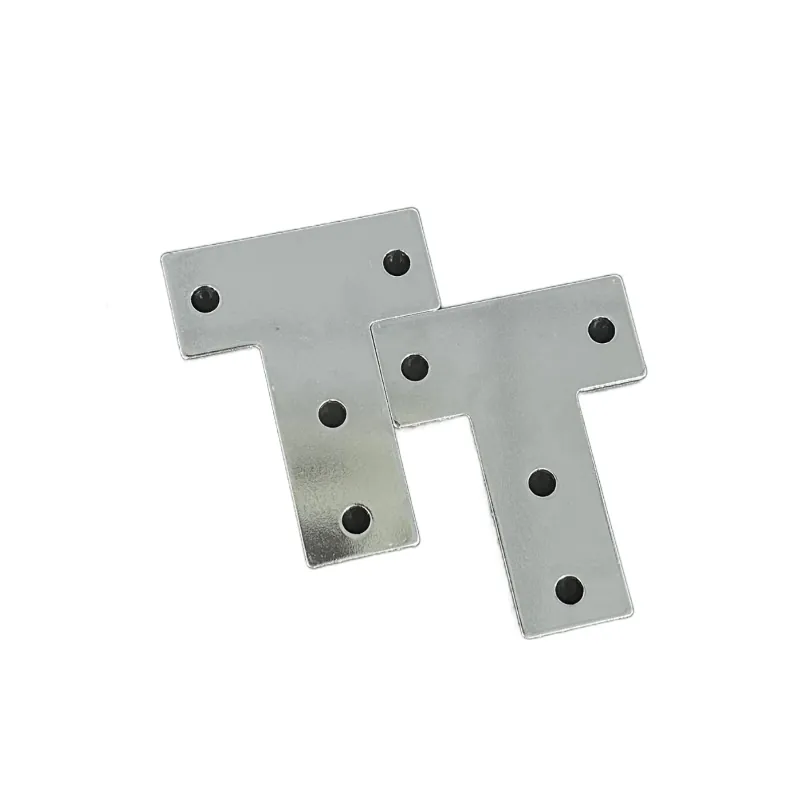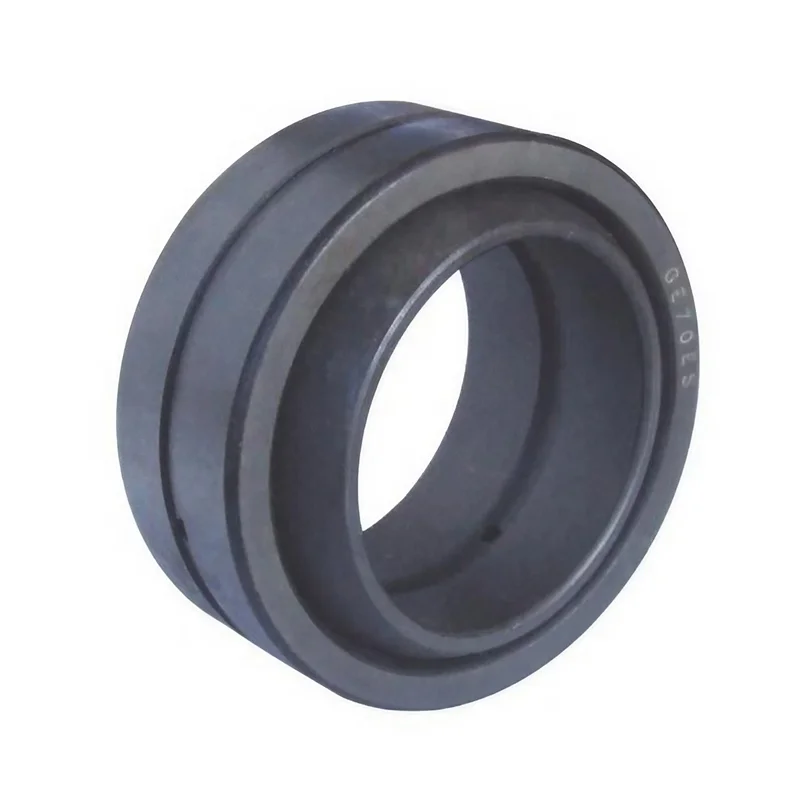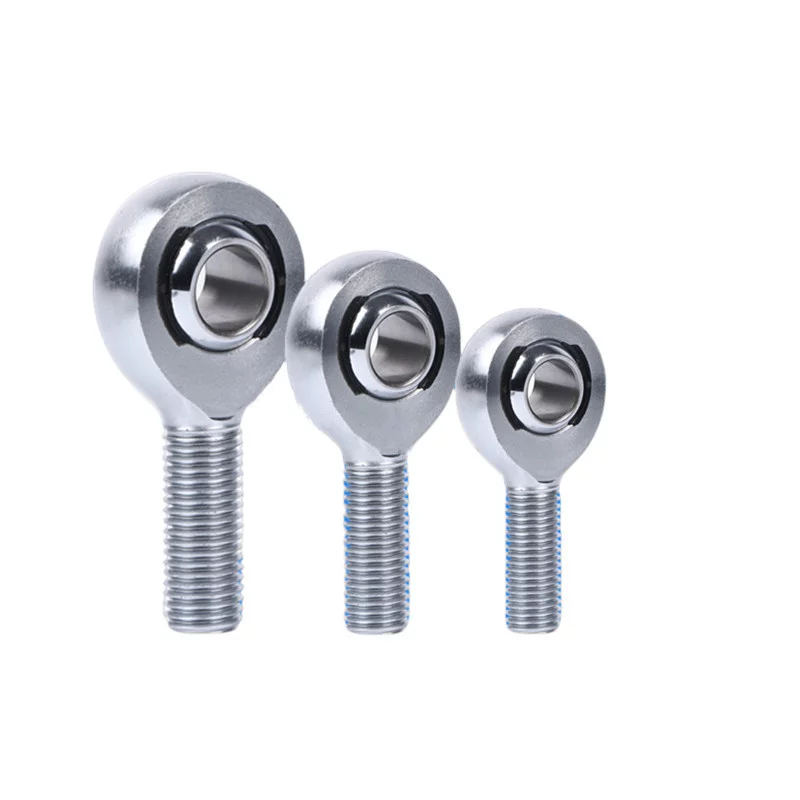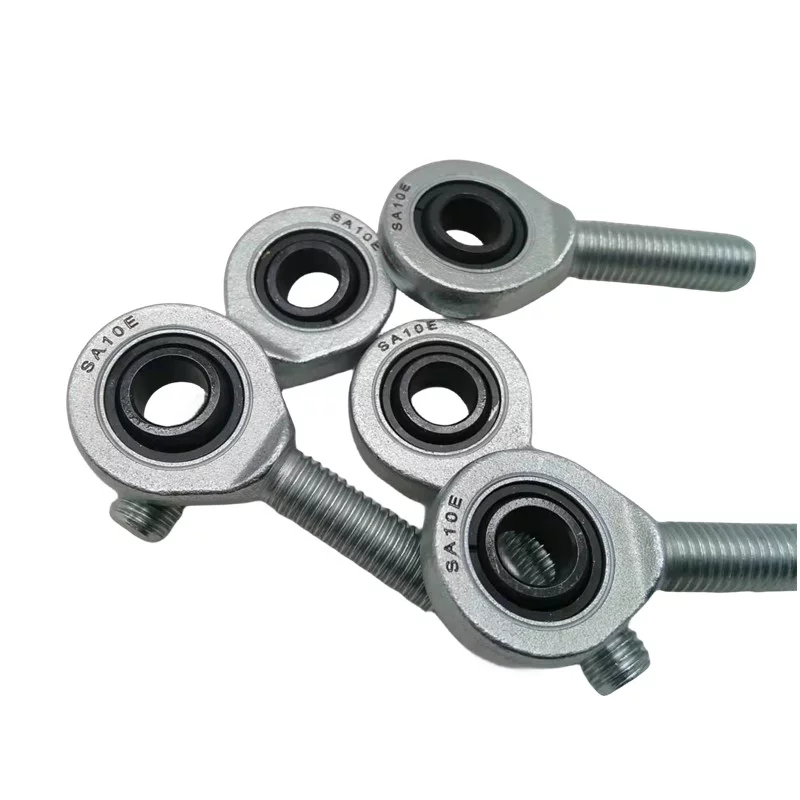What are rod end bearings
A rod end is a versatile joint that allows for rotational freedom about all three axes while maintaining
a fixed point of contact between two parts. This unique design enables smooth articulation and precise
control in various mechanical systems. Rod ends are commonly employed to connect
steering links, control rods, and other mechanically controlled tie rods in automotive applications.
In advanced industrial systems, such as robotic arms, textile equipment, and automobile steering linkages,
high-precision articulation joints play a crucial role as essential components. These joints provide
the necessary flexibility to accommodate changes in the rotation axis during rotary motion.
They are designed to handle different types of misalignment, ensuring reliable performance even under challenging conditions.
The versatility of rod ends lies in their ability to adapt to various operating environments and loads.
They can withstand heavy loads while maintaining their structural integrity and operational efficiency.
The construction of rod ends typically includes a spherical bearing or ball joint housed within an outer body or housing.
This design allows for smooth movement and minimizes friction during articulation.
To cater to the diverse needs of global applications, rod ends are available in both metric and inch styles.
This ensures compatibility with different measurement systems used across industries worldwide.
Overall, rod ends serve as crucial components that enable precise motion control and reliable point-to-point
contact in mechanical systems where rotational freedom is required while maintaining a fixed connection between two parts.
Their versatility, durability, and ability to accommodate misalignment make them indispensable in various industrial applications.
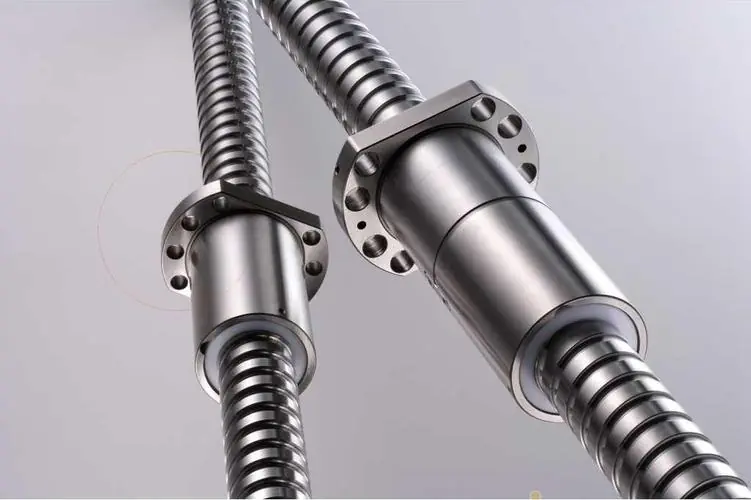 Why Precision Ball Screws are Vital for Industrial Automation and How to Choose the Right Supplier
Why Precision Ball Screws are Vital for Industrial Automation and How to Choose the Right Supplier
 SAIVS Linear Motion Ball Slide Units – Precision and Reliability for Your CNC Needs
SAIVS Linear Motion Ball Slide Units – Precision and Reliability for Your CNC Needs
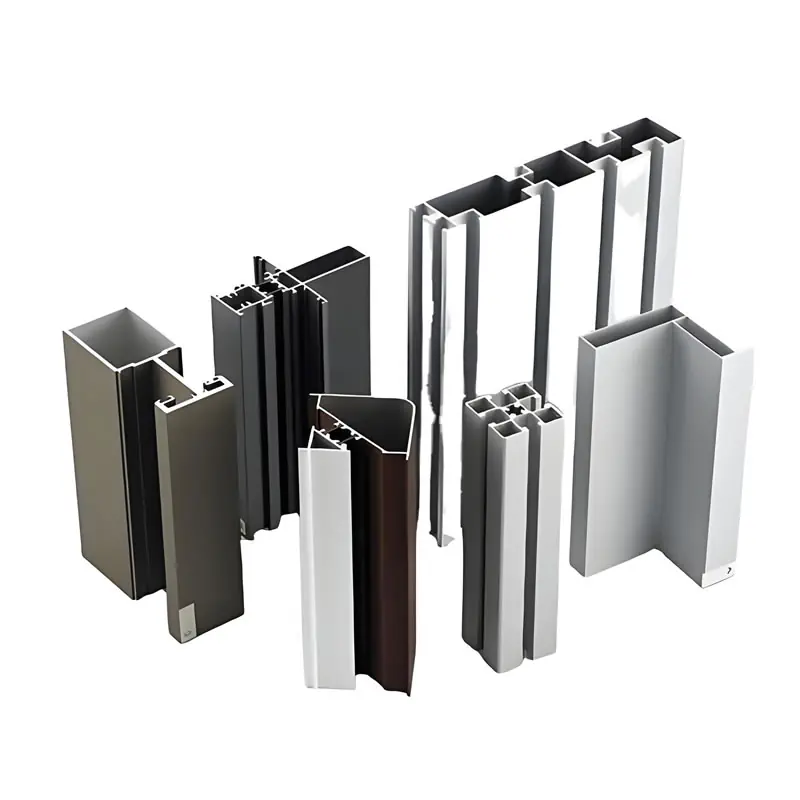 High - Quality T - Slot Aluminum Extrusion Profiles from Ningbo SAIVS Machinery Co., Ltd
High - Quality T - Slot Aluminum Extrusion Profiles from Ningbo SAIVS Machinery Co., Ltd
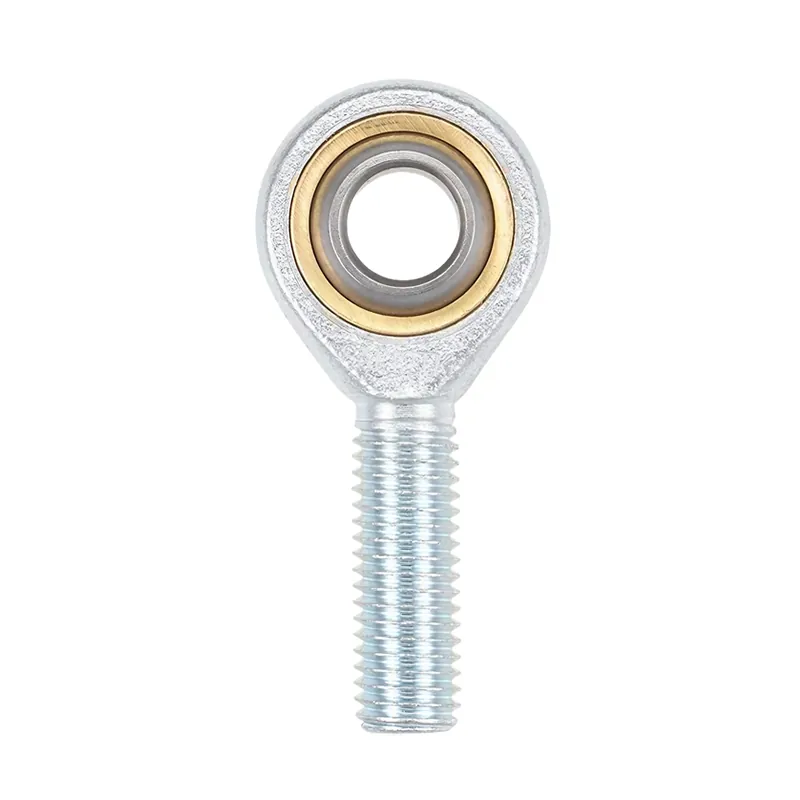 Enhance Industrial Efficiency with Premium Cylinder End Bearings from SAIVS
Enhance Industrial Efficiency with Premium Cylinder End Bearings from SAIVS

